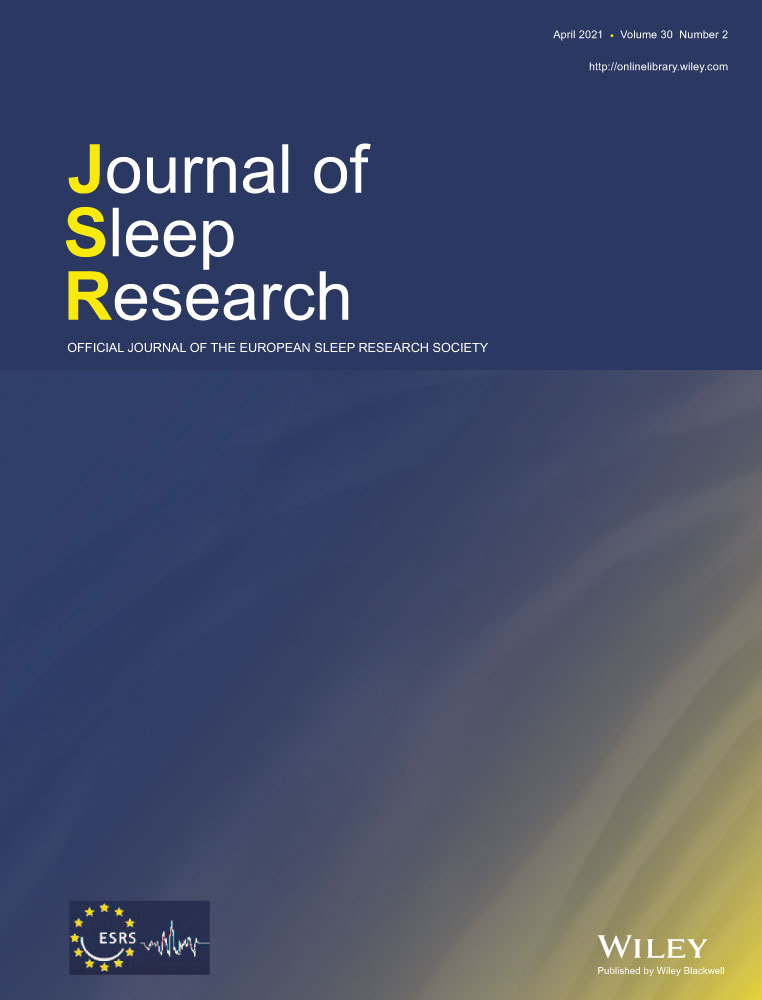Actigraphy measurement of physical activity and energy expenditure in narcolepsy type 1, narcolepsy type 2 and idiopathic hypersomnia: A Sensewear Armband study
Abstract
The cause of obesity in narcolepsy type 1 (NT1) patients is not fully understood. The present study investigated if a reduced physical activity could explain weight gain in NT1. Seventy-nine patients were included in this retrospective study and divided into an NT1 group (n = 56) and a non-NT1 group (n = 23), including NT2 and idiopathic hypersomnia (IH). Accelerometry-derived measures of physical activity, total energy expenditure and skin temperature were collected from patients during seven consecutive days without medication. In addition, results from multiple sleep latency tests and the Epworth Sleepiness Scale questionnaire, body weight, height and CSF orexin/hypocretin were acquired. Three measurements of physical activity, including metabolic equivalent of task (MET), the average time of physical activity and step count, were compared without differences between groups. Neither could we find a significant difference in total energy expenditure or skin temperature. Thus, by analysing accelerometric data, we could not find any differences in the amount of physical activity or total energy expenditure explaining overweight in NT1.
CONFLICT OF INTEREST
No conflicts of interest declared.




